Eat a Rainbow
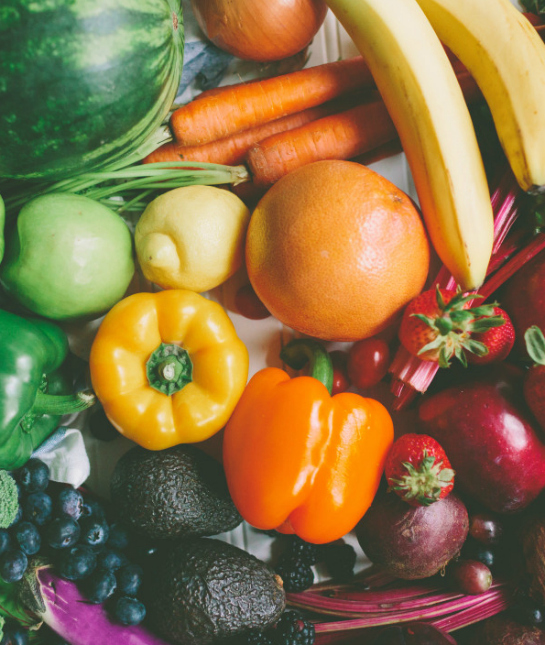
The best known steps to having good skin is keeping it clean, moisturized and protected against the sun. But healthy skin also needs care and attention from the inside. For the best skin, sometimes you have to put down the acne cream and retinol and pick up a fork instead.
Start by eating a rainbow every (or most) days. Fruits and vegetables contain vitamins, minerals and antioxidants that good skin craves. Aim for five servings in a variety of colors, as each plays a role in repairing damage and maintaining health.
Avocados
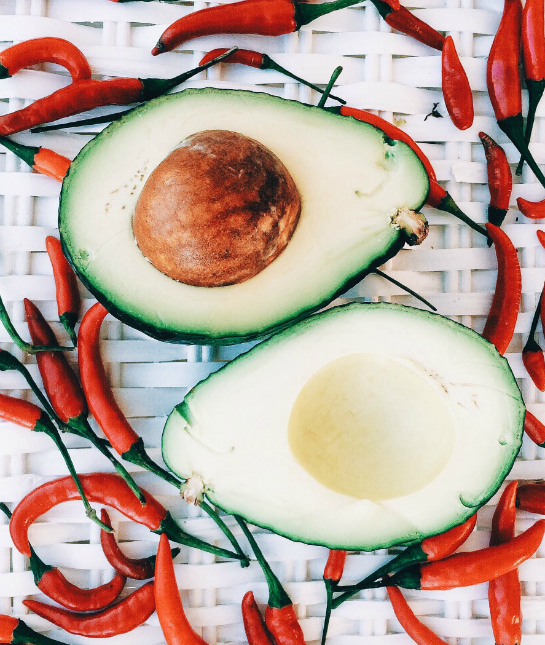
Avocados make a great, moisturizing face mask, but they're even better for your skin if you eat them. They're high in vitamins C and E, which your body needs to keep itself clean and healthy, and they contain omega-9 fat, also known as oleic acid, which is key to cell regeneration, as well as reducing redness and irritation.
Brazil Nuts
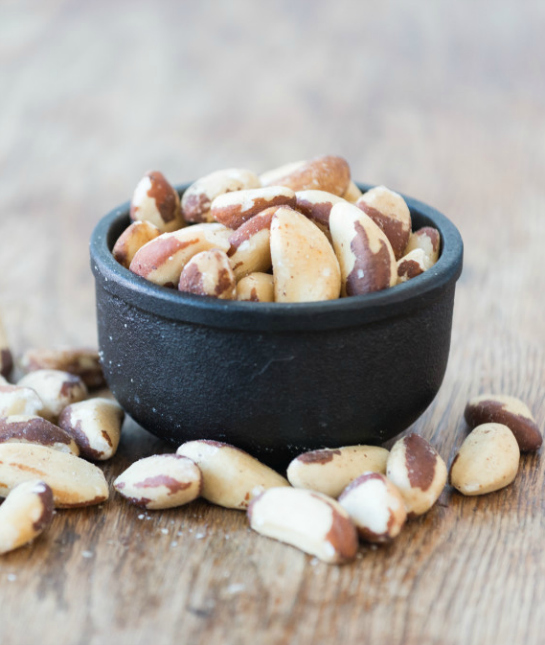
These rich nuts are the best source for selenium, a natural chemical that not only stabilizes moods but also reduces inflammation. They can be an acquired taste, so if you don't like them whole, grind them up and sprinkle on salads or smoothies. You only need two or three per day to get your daily recommended amount.
Oysters
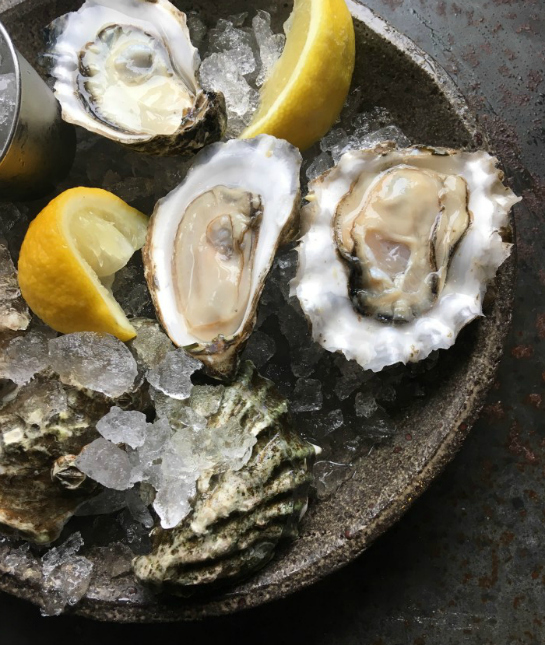
You already know the benefits of selenium, but if you need a break from Brazil nuts, splurge on oysters, which also contain high amounts of this mineral that skin loves. Oysters also contain lots of protein, needed for skin repair, and zinc (yet another anti-inflammatory).
Chicken
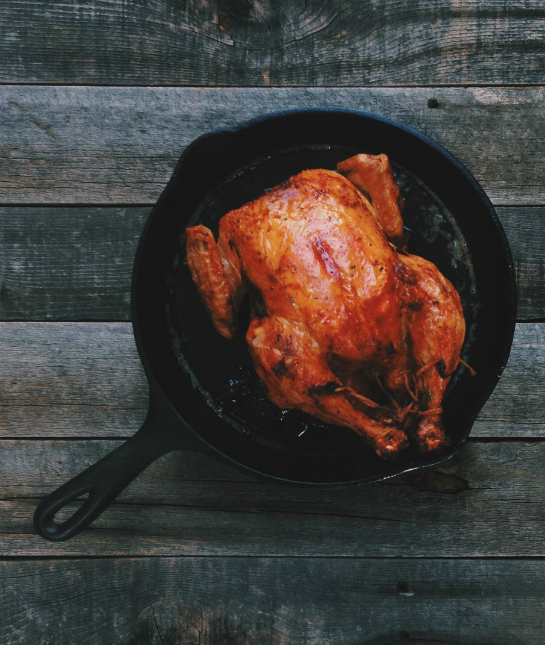
Another zinc powerhouse is chicken, which is also packed with protein and, if you eat the delicious, crispy skin, high in monounsaturated fats. The protein in chicken promotes skin health and collagen production. The acids in the fats reduce inflammation and promote smooth, glowing skin. The zinc helps regulate oil production and reduces inflammation.
Dark Chocolate
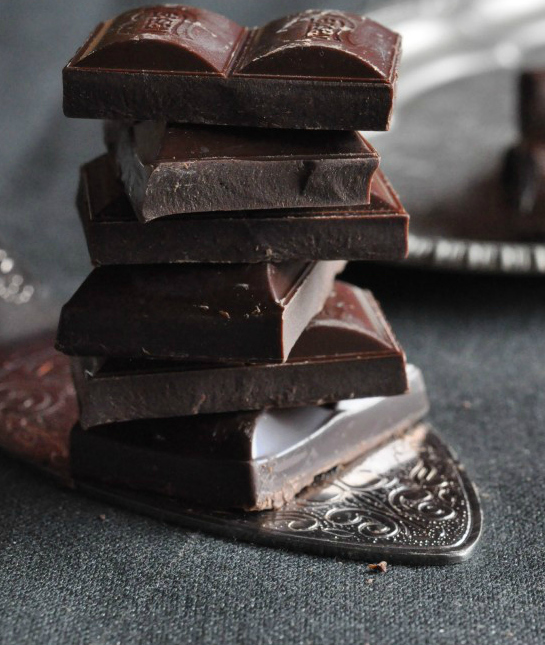
Forget what they told you about chocolate causing breakouts. The effects of it are actually the opposite. Dark chocolate contains flavonols, which are antioxidants that help protect skin against sun damage, promote cell repair and reduce sun spots. They also boost blood flow, which makes skin glow. Chocolate's magic can even promote hydration and elasticity in skin.
Cut dairy
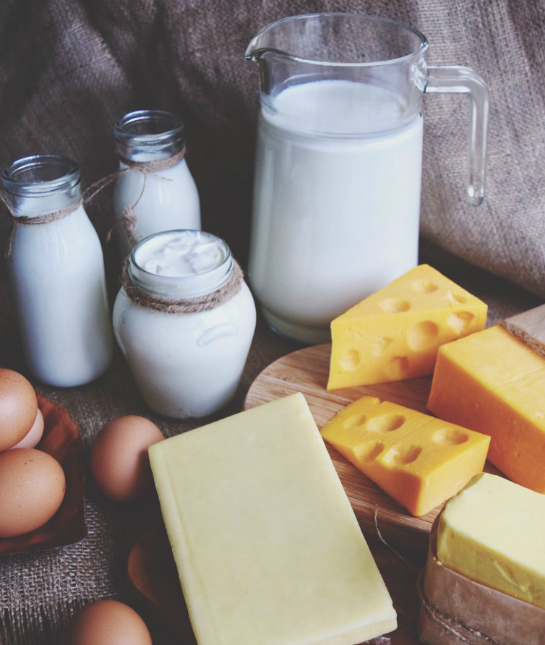
While there's no expert consensus around cutting dairy to reduce acne and inflammation in skin, plenty of people have reported better skin after taking milk and milk products out of their diets.
It's not easy, since cheese is delicious and there's dairy in so many foods. But experimenting is worth a shot for people who have grown frustrated with persistent breakouts and no workable solutions.
Eggs
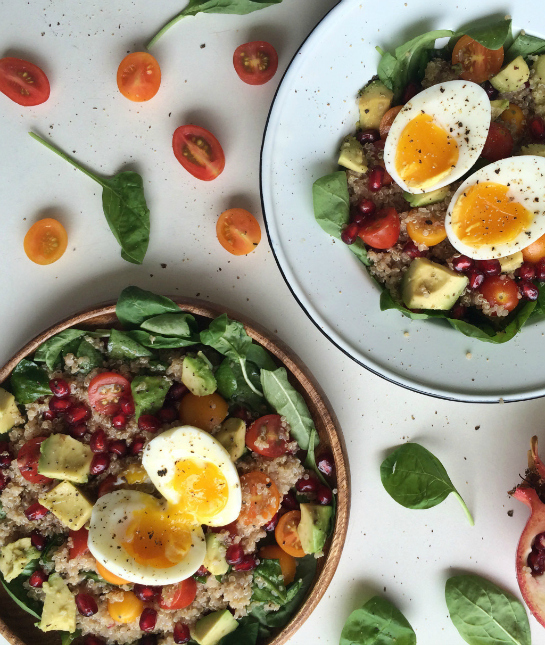
Eggs, like avocados, are good for skin from the inside and outside. Egg whites are astringent and make a great face mask to tighten pores. The whole egg, yolks included, contain loads of protein and vitamin B2, selenium, vitamin D, B6, B12, zinc, iron and copper, all of which do their part in repairing, plumping, calming and otherwise beautifying skin.
Turmeric, Ginger and Fennel
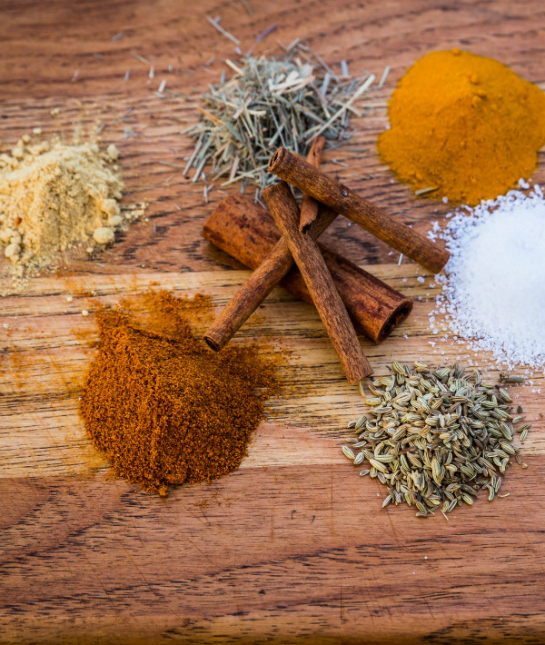
Turmeric and other spices like ginger, fennel and cinnamon are great for skin. They reduce inflammation and oiliness, and boost blood flow for healthier, rejuvenated skin. Sprinkle them on everything, without adding too much sugar, or blend them into smoothies and batters. You can also mix them into a warm, non-dairy milk with a touch of sugar for a skin-boosting chai and golden milk.
Flaxseed
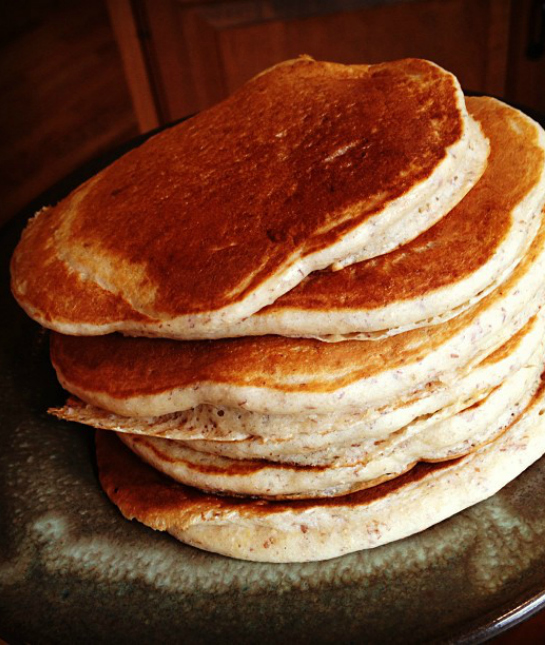
Flaxseeds are one of the easiest ways to sneak in omega-3 fatty acids, which increase the rate the body heals itself. They're also known for reducing inflammation, making redness and puffiness from breakouts and other skin issues less of a thing. You can mix flaxseeds into batters and smoothies, or sprinkle them over oatmeal and/or salads. Some nutritionists recommend grinding them to get maximum benefit.
Note of caution: Flaxseeds also help with constipation, so only use a little at a time until you know how your body responds.
Eat Less Sugar

Sometimes eating our way to better skin means cutting out and reducing things we love—like sugar. Sugar can make skin irritations worse by increasing the body's insulin production, which triggers inflammation in the body. If your skin is sensitive to inflammation, it will show in your skin. Try slowly reducing the amount of sugar you take in, until unsweetened foods are the norm for you. A sugary treat once in awhile isn't so awful, though if your skin is sensitive to it, prepare for redness.
Green Tea
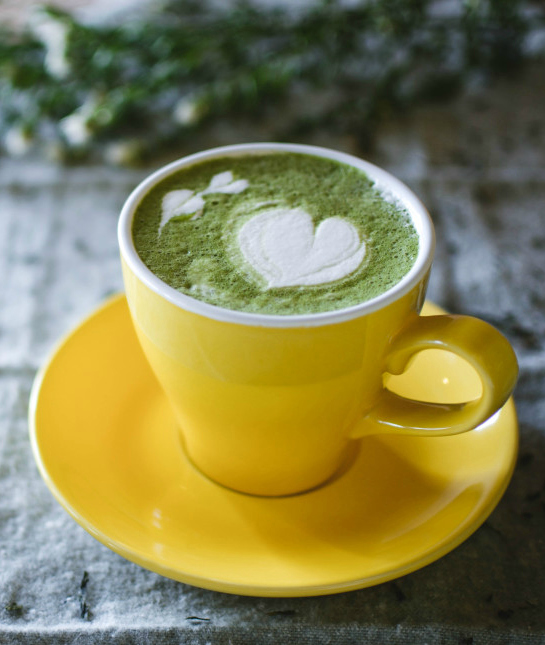
If you do go for a sugar binge, chase it with a (sugar-free) green tea drink. The properties of green tea include antioxidants for clean, rejuvenated skin. It's also got every sought-after anti-inflammatory, which will be your best defense against that slice of cake.
Mint
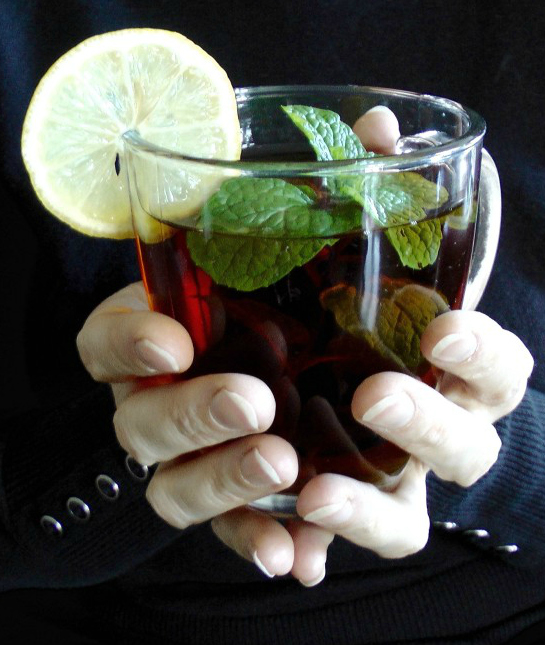
Mint, especially in the form of teas and oils, reduces stress (which isn't great for skin) and also reduces redness and inflammation. Try it in a face mask, a facial steam and a hot cuppa at the end of the day.
Oatmeal
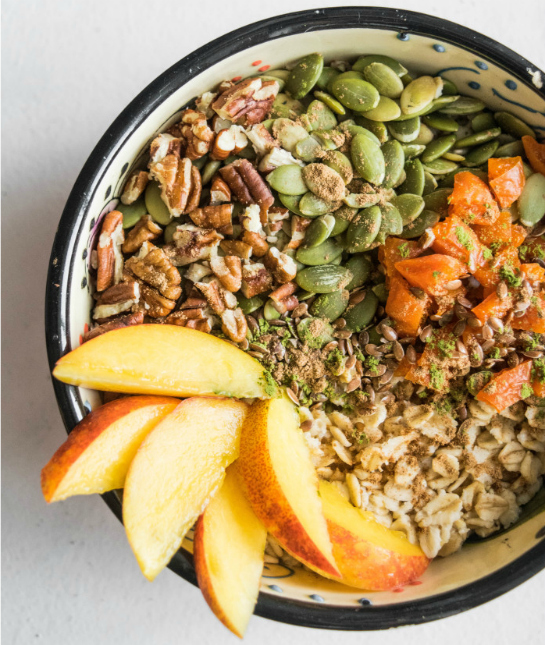
Oatmeal contains antimicrobial ingredients, which keeps acne-causing bacteria from spreading around the skin and causing more breakouts. It can also absorb excess oil. At the same time, oatmeal is a great moisturizer (without clogging pores).
This wonder gruel is also great for you when you eat it. Oatmeal steadies blood sugar levels, which keeps insulin from spiking, and is a great conduit for other excellent skin foods such as turmeric and ginger, pumpkin seeds, avocados and leafy green vegetables.
Fatty Fish
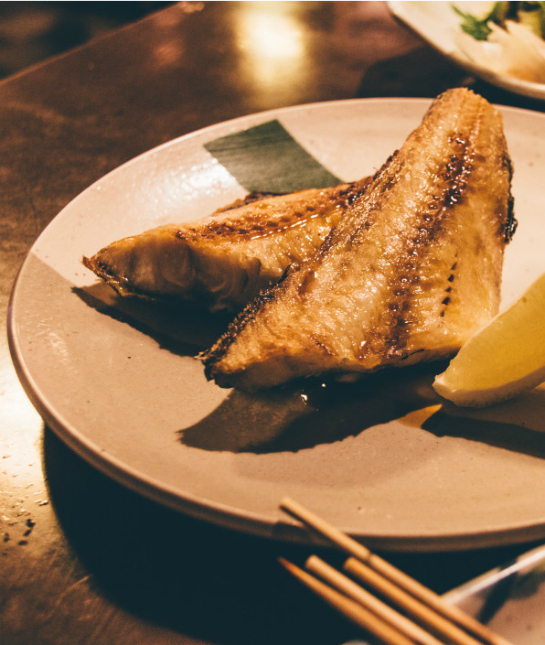
Fatty fish contain omega-3 acids, which keeps skin looking younger by making it smoother and more even toned. It's also an anti-inflammatory, which can help control the effects of acne and psoriasis.
The best fish for these fats are mackerel, salmon, tuna, cod, sardines and anchovies.
Pomegranates
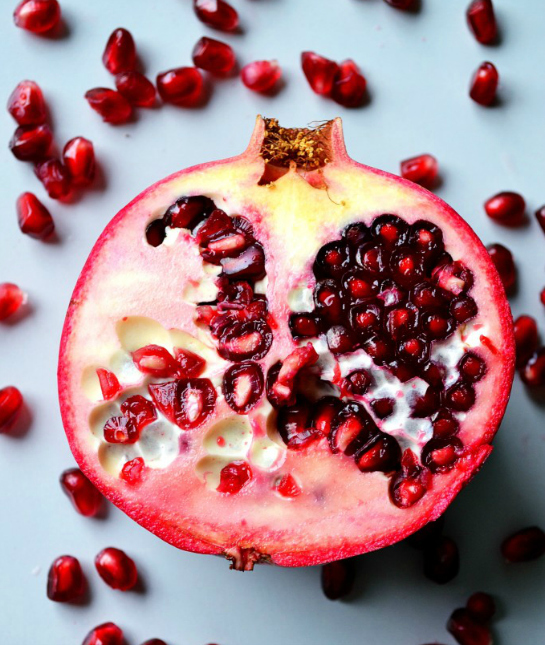
These little juice-bursting seeds are an excellent source of antioxidants, which rejuvenate cells. If you don't have the patience to pick apart the fruits to get at the countless seeds, you can also get your daily pomegranate intake from bottled juice.
Eliminate processed foods
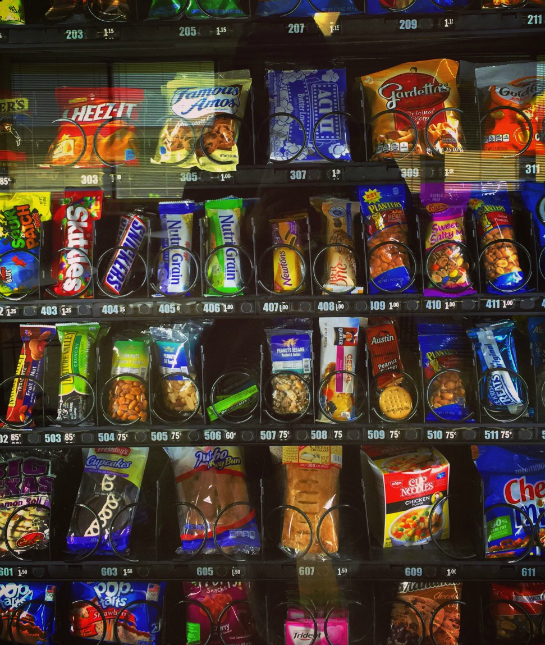
Processed foods, like sugary ones, contribute very little to your overall health while triggering insulin spikes, which inflame the skin. Instead of snacking on high-sugar granola bars, eat a bowl of (homemade) oatmeal. Instead of potato chips, eat a crunchy carrot (beta carotene). Instead of a soft, milk chocolate candy bar, crack off some squares of the darkest chocolate you can find.
Vitamin C

Vitamin C is the antioxidant's antioxidant, and eating foods rich in it will have a noticeable effect on skin. Vitamin C reduces redness, cleans up cells and can protect against sun damage. Aim for fresh fruits and vegetables, such as citrus, strawberries, broccoli and sweet potatoes to get enough vitamin C every day.
Vitamins and Supplements
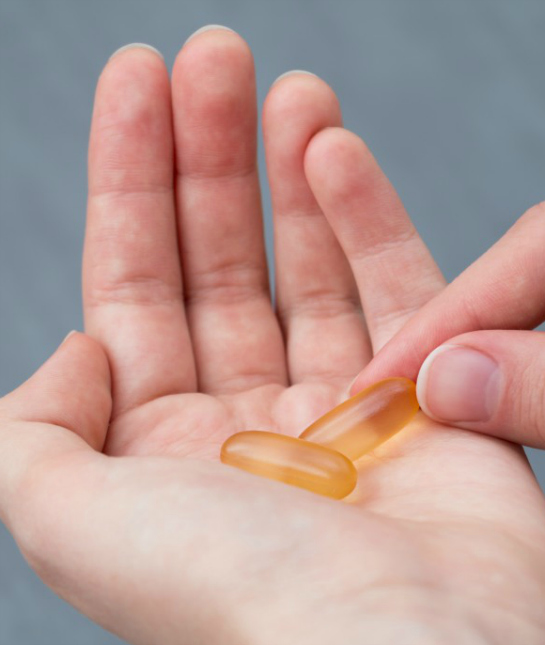
There are plenty of supplements out there that could help whatever skin issues you have. For aging and sun damage, add vitamin A and fish oil. For breakouts, skin conditions like psoriasis and general puffiness, look for the anti-inflammatory effects of things like evening primrose oil and black currant oil. Straight up acne might improve with added zinc. And vitamin D, in addition to helping with mood problems, can help lock in moisture.
Yogurt
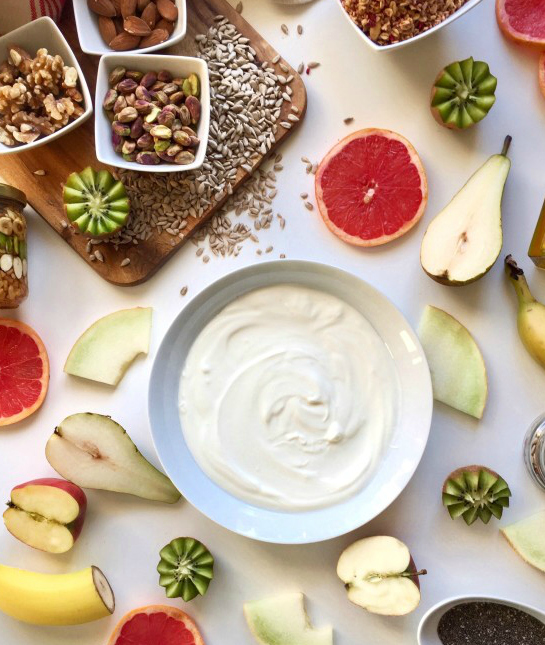
What makes yogurt the amazing treat that it is are the live cultures that converted some form of milk into custardy, tangy goodness. Those live cultures and lactic acid have health and healing properties that fight bacteria and slough dead skin cells (when applied as a face mask) and promote good gut health (when eaten, of course). Good gut health can mean less inflammation, less stress, less depression, less mindless eating—all of which can mean better skin.
Kidney beans (and other red beans)
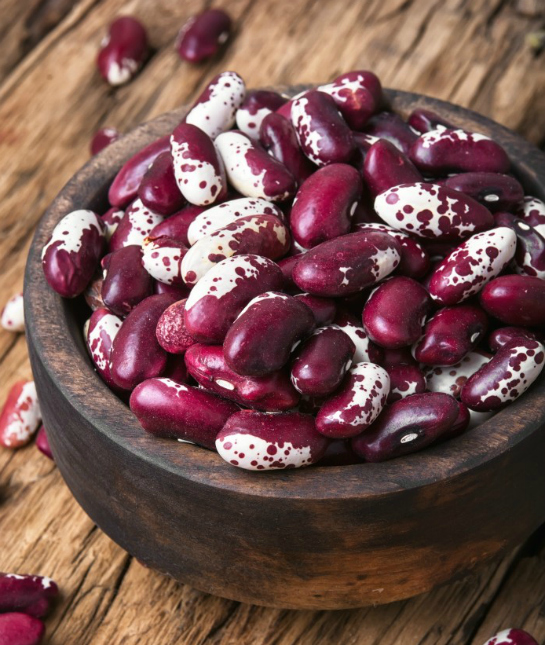
Kidney beans help stabilize metabolism, regulate amino acids and blood sugar levels, and are rich in zinc, protein, fiber and antioxidants—all of which promote healthy, supple skin.
Water. Water. Water.

If there is one thing you could do right now to help whatever it is that ails your skin, it's drink a glass of water. Water is the closest thing to a miracle skin treatment there is. Drinking lots of it keeps you clean on the inside, helps move around all the good stuff you're eating to make sure they can work their magic. And staying hydrated helps reduce stress, cuts sugar cravings and generally makes you feel awesome. And when you feel awesome, your skin shows it.




